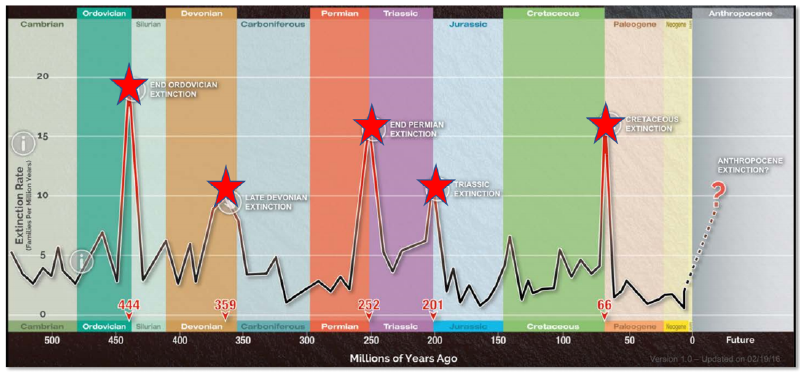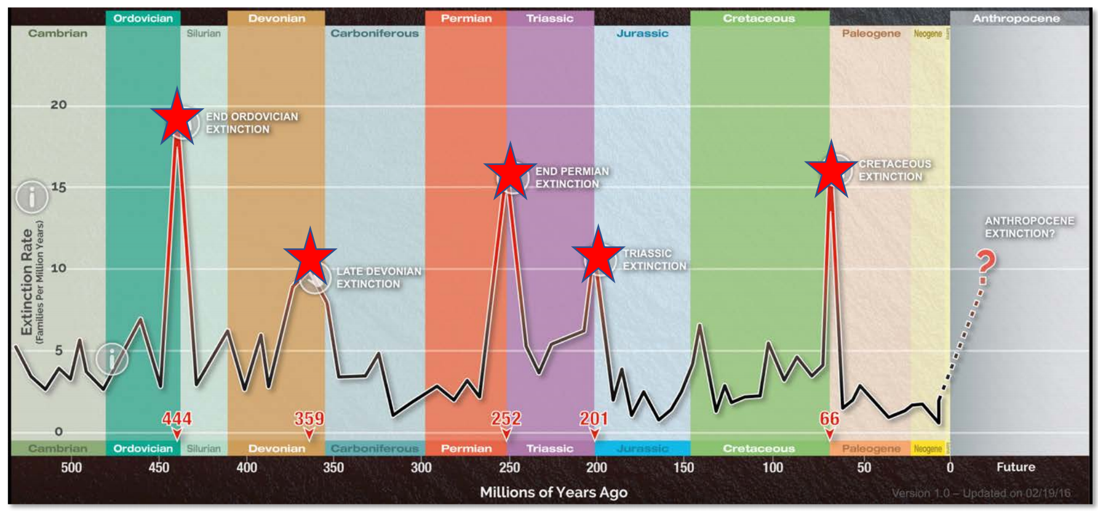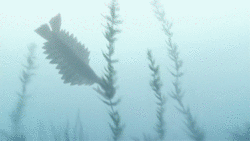Hello and welcome to a new week of AMAZING excitement Daily Fun Fact From Flora.
I thought that this week we could have a look at some of the “Big Five” extinctions that the Earth has experienced throughout its history. People tend to know about the big ol" meteor that wiped out the dinosaurs but some of the less high profile ones are really important too.
Now one of the big questions is — how the hell do you know if an extinction has occurred? The fossil record is patchy at the best of times so how can you know that loads of things went extinct rather than loads of things didn’t get preserved.
The best proxy that we have for this is using changes in reef diversity , where you look at the rise and fall of reef-building organisms. These “reef gaps” are often due to dramatic changes in temperature or ocean acidification from rising CO2 levels — which often have global implications (oops — sounds familiar).
This is still very challenging and very prone to error because the final member of any species is almost certainly not in the fossil record. It makes sense. The odds that the final dinosaur that ever lived just happened to get preserved is tiny, meaning that the species almost certainly lived a bit longer than your oldest specimen.
So this is one of our best ideas of how extinction rates have changed since the Cambrian. Now there are five peaks (the stars) and three that stand out a LOT.
OKAY — let’s take a look at that first MAHOOSIVE spike known as the End-Ordovician event (sexy I know). So what happened here?
Firstly, let’s have a look at what was going on during the Ordovician.
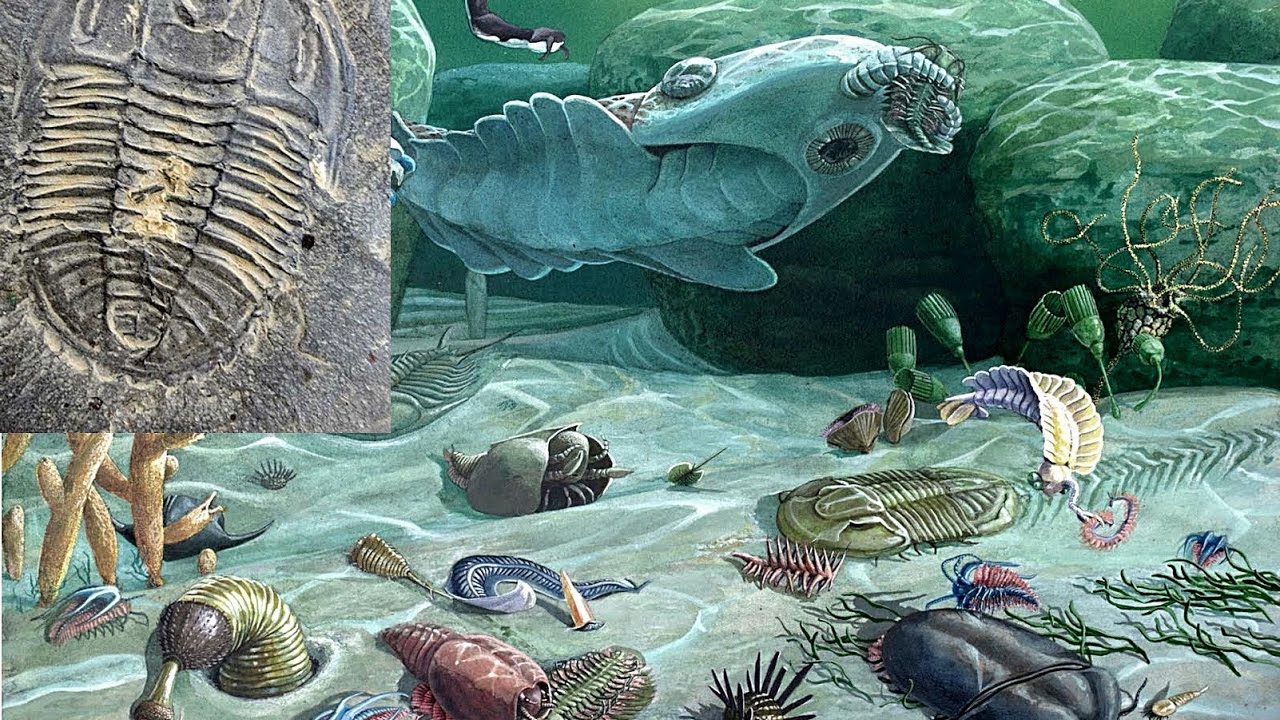
So we"d just had the Cambrian explosion — which is this massive eruption of life and a huge increase in number of species that happened around 540-520 million years ago.
There is a lot of debate as to why this explosion happened — was there some genetic innovation that gave animals the ability to evolve in all these crazy ways? Was there some sort of external stimulus , like a change in climate or calcium availability (what all their lovely shells need)? Was it to do with the evolution of predator-prey relationships ? i.e. did animals learn to eat each other and so evolved all these crazy forms?
Some even wonder whether it’s real at all or just the result of a patchy fossil record. Maybe we aren’t seeing the origin of life but just the origin of fossilise-able animals.
But whether it was an “explosion” not it still marks a BIG CHANGE in the ecology of life on earth.
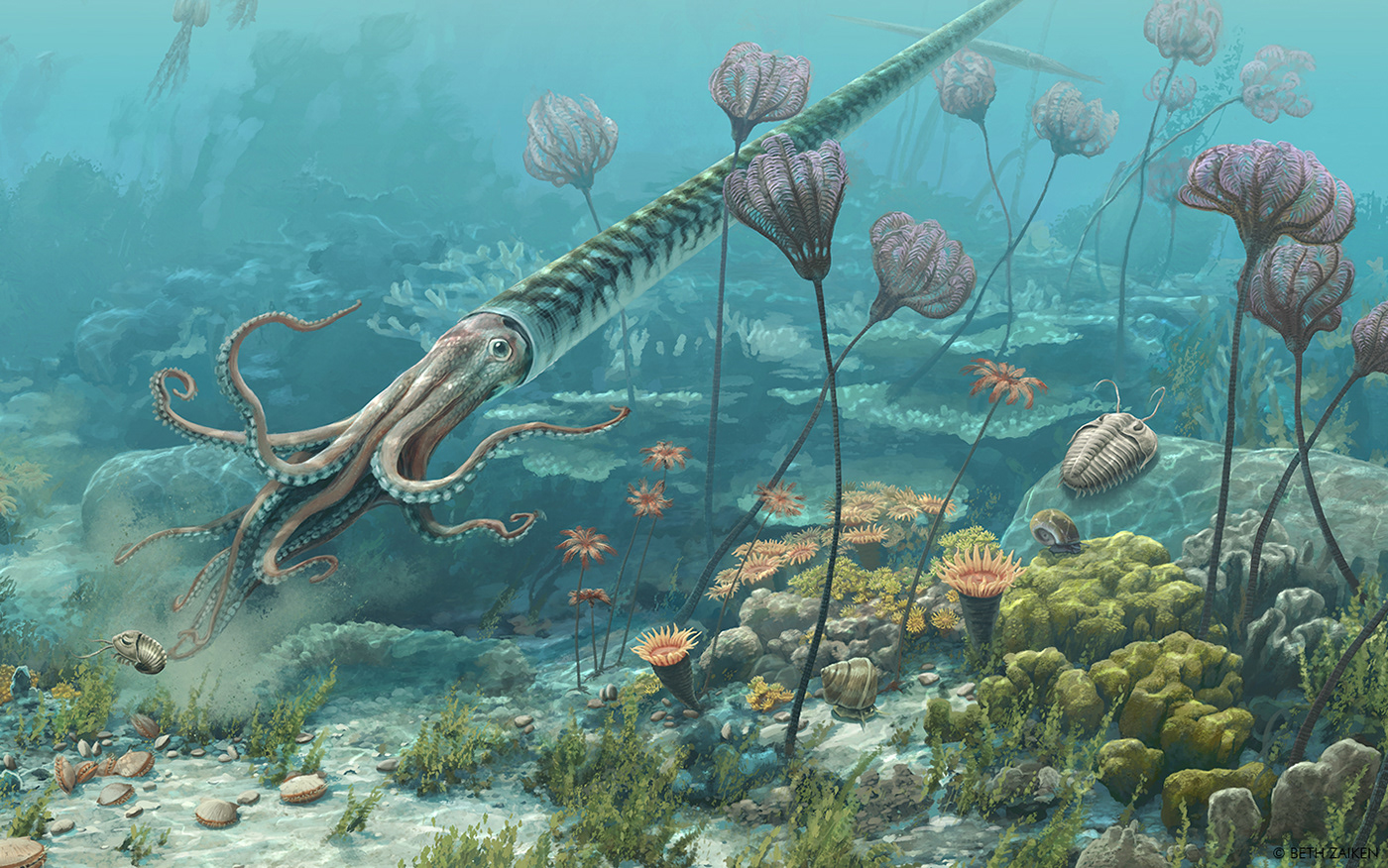
So we have all these lovely new (ish) species and then BOOM something goes wrong. What?
Well it seems to actually have happened in two waves that occurred about a million years apart. One was associated with a big period of coolingand then there was a period of warmingthat caused the second (you just can’t win can you!).
We know that about 443 million years ago CO2 levels dropped hugely. We are not 100% sure why but we think it might be due to the rise of early land plants using up lots of that sweet, sweet carbon dioxide for photosynthesis or through the weathering of lava flows.
This decrease in CO2 was so intense that it led to a 100m fall in sea level. Given that at this point in evolutionary time, almost ALL ORGANISMS WERE IN THE OCEAN , you can see how this is not really ideal.
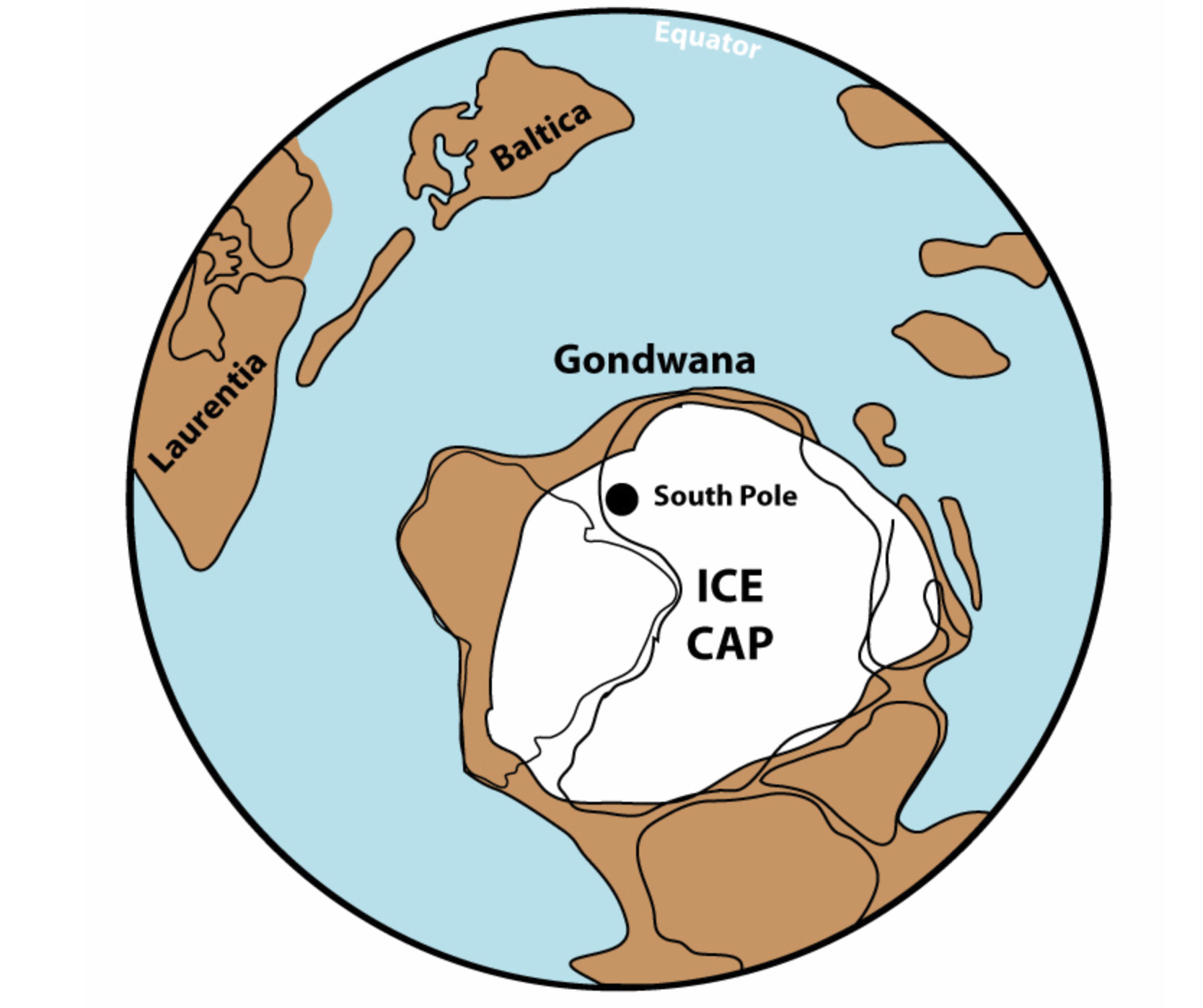
That meant we lost the first ever primitive coral reefs that the world had seen (cri) and we lost a lot of other marine fauna. In fact 86% of marine species were wiped out during this extinction.
When this glacial period did end, about a million years later, sea levels rose very quickly and this caused oxygen levels in the oceans to DROP (it like it’s hot). And that wiped out a whole bunch of species again.
What you get at the end of these events are oceans dominated by a small number of what we like to call disaster taxa. These are the ones that are so hardcore they could survive all the shit storms that the Earth tried to throw at them.
One of these is the rather nice brachiopod , Hirnantia.

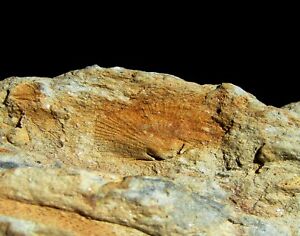
These were then followed by other species that started to recover and those that could persist in these very low oxygen conditions.
I"ll see you in 200 million years for the next one.
Lots of love,
Flora xxx
